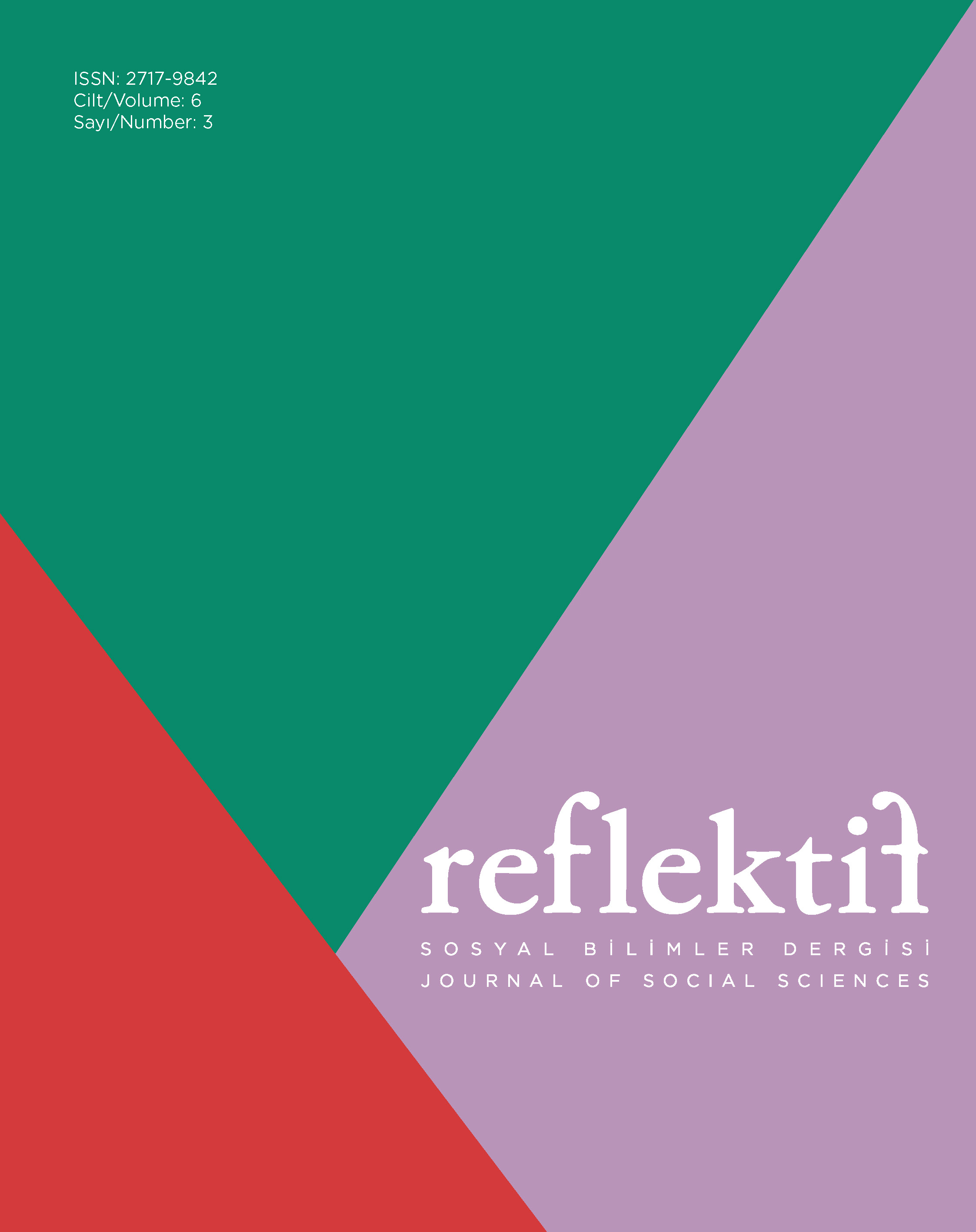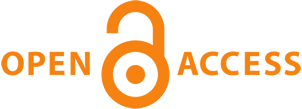Creative Alienation in Art due to Artificial Intelligence
DOI:
https://doi.org/10.47613/reflektif.2025.258Keywords:
art, artificial intelligence, alienation, cognitive load, labor, brain activityAbstract
Artificial intelligence is rapidly transforming operations across diverse sectors, including education, healthcare, the arts, economics, pharmaceuticals, and defense. In particular, generative AI has begun to reshape content-driven fields such as text generation, graphic and video production, and cross-lingual translation. Its growing role in artistic domains is especially noteworthy. However, as AI becomes more integrated into creative processes, a range of challenges has emerged. These include concerns about data privacy, biased or inaccurate content, hallucinated outputs, and disruptions to employment. At the same time, efforts to address these issues are underway. Research has also shown that AI tools, while reducing cognitive load, may diminish active engagement in learning. This disengagement can lead to shallow learning, distorted memory formation, and weakened critical thinking. Against this backdrop, the present study explores the issue of alienation that arises in the relationship between the artist and their work as AI becomes a creative agent. It also examines the connection between this alienation and the artist’s cognitive and neural engagement during the creative process.
Downloads
Published
How to Cite
Issue
Section
License
Copyright (c) 2025 Mahmut Özer, Matjaz Perc

This work is licensed under a Creative Commons Attribution-ShareAlike 4.0 International License.
All manuscripts which are submitted to the REFLEKTIF Journal of Social Sciences should not be published, accepted and submitted for publication elsewhere.
In case an article is accepted for publication it is allowed to combine the article with other researches, to conduct a new research on the article or to make different arrangements on condition that the same license is used including the commercial purpose.
As an author of an article published in REFLEKTIF Journal of Social Sciences you retain the copyright of your article and you are free to reproduce and disseminate your work.




